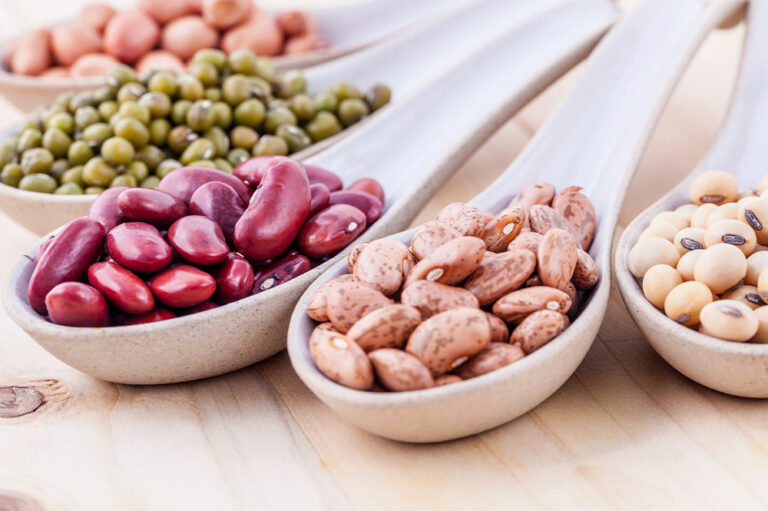
Breast cancer – Early signs and management tips
Breast cancer develops in the breast cells. It may affect either or both breasts and can begin in any part of the organ, such as the lobules, ducts, or nipples. The condition can spread to other body parts when the cancerous cells enter the bloodstream or lymph system. This article lists a few early warning signs of breast cancer individuals should look out for to ensure timely diagnosis and treatment.
Beast itchiness
Although itchiness of the breasts may not always imply breast cancer, persistent itching is one of the early signs of the disease. Some people may notice crust formation due to itching. In advanced stages, the itching may progress to the breast tissue, leading to the development of a lump.
Lump on the breast
Most breast lumps are benign and harmless; however, some may indicate cancer and must not be ignored. Breast lumps caused due to cancer are usually hard, painless, and uneven and differ in shape and texture from the surrounding skin. They are typically fixed to underlying tissue, like the chest wall.
Changes in breast texture
Another early sign of breast cancer is a marked change in the texture of the breasts. The affected breast may feel tender, warm, or hard to touch and swell up.
Nipple inversion or retraction
An inverted nipple (turning inward) or retracted nipple (lying flat against the breast) are potential signs of the disease. Such changes usually develop when cancer occurs in the skin around the nipple. Nipple retraction is particularly prominent when individuals raise their arms or lean forward.
Dimpled appearance of the breasts
Inflammatory breast cancer, a rare type of the condition, may cause the breasts to take on a dimpled appearance, with redness and inflammation occurring over the span of some days. One must undergo a breast examination in case of such signs and symptoms, as inflammatory breast cancer can spread rapidly.
Abnormal nipple discharge
Nipple discharge may not always indicate breast cancer; however, persistent blood discharge from a single duct is a cause of concern. So, a breast examination is recommended if one experiences this symptom. Nipple discharge is sometimes the earliest sign of the disease.
Breast rashes
A red, scaly rash on the affected breast may indicate the onset of the disease. These rashes are often itchy and may resemble eczema rashes or insect bites.
Asymmetrical swelling of the breasts
Symmetrical swelling of both breasts is typically not a cause of concern, but in the case of breast cancer, either breast may swell up and become larger than the other.
Swelling in the underarms or collarbone
Swelling in the surrounding areas of the breasts, including the underarms and collarbone, may imply that cancer has spread to the lymph nodes. Such symptoms should be promptly specified to a healthcare professional.
Breast pain
Sometimes, individuals may experience breast pain without other visible signs, such as lumps or swelling. Breast pain, or mastalgia, may not always indicate breast cancer. It could be caused due to other factors, such as hormonal changes and breast injury. However, breast examination is advisable in case of repeated shooting pain in the organ.
How to manage breast cancer symptoms?
Besides following a systematic treatment course and undergoing regular breast examinations, a few lifestyle changes and tips can help patients manage the symptoms more effectively:
Opt for allium vegetables
Allium vegetables have organosulfur compounds with several antiviral, antioxidant, and antimicrobial properties. Such vegetables have been proven to help fight different cancers. Thus, patients with breast cancer must incorporate allium vegetables like onion, garlic, chives, and shallots into their meal plans.
Avoid undercooked foods
Individuals grappling with this health condition are at a high risk of developing infections. Eating undercooked foods may increase this risk and cause further complications. Hence, it is best to avoid foods like oysters and sushi while undergoing treatment for breast cancer. One must also avoid fruits and vegetables sliced and left open for a long time.
Ask questions to a healthcare professional
While there are often many solutions and opinions about breast cancer online and among one’s social circles, a healthcare professional is the most reliable individual to answer specific questions regarding the disease. Patients must have all their apprehensions and queries addressed by an oncologist or cancer specialist, noting any changes in symptoms, adverse reactions to treatment, etc.
Maintain an active lifestyle
Although intense workouts may be challenging while recovering from breast cancer, it is a good idea to maintain an active lifestyle while undergoing treatment. Patients may engage in less strenuous activities like walking, stretching, or practicing simple yoga poses. In any case, it is crucial to avoid being sedentary.
Maintain a healthy sleep cycle
Studies suggest that approximately 20 to 70% of women with breast cancer have insomnia. While the disease and its treatment may affect one’s sleep, there are ways to manage the problem. For instance, reducing caffeine intake, obtaining sufficient exposure to sunlight, staying active, investing in a comfortable mattress, and sleeping in a dark room can help enhance sleep among patients with breast cancer. Sticking to a healthy sleep schedule is also said to help boost immune function, which is crucial for those dealing with cancer.
It is possible to detect the early signs and symptoms of breast cancer through careful self-examination at home. This involves looking at and feeling both breasts for lumps, swelling, redness, or unusual developments. One must also examine the areas surrounding the breasts, such as the neck and underarms. Any swelling, inflammation, or changes in texture in the breasts or other areas around them should be reported to a healthcare professional. Prevention is always better than cure, and detecting breast cancer at its early stages is the key to timely diagnosis and recovery.







